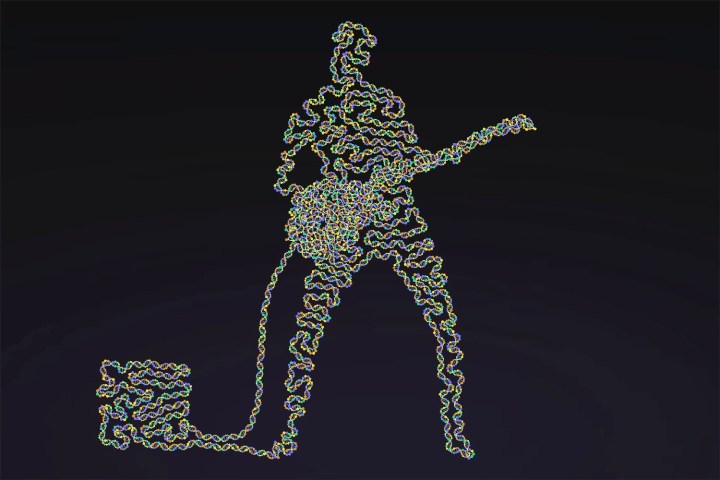
“This is the first time DNA has been used as a long-term archival-quality storage medium,” Angela Bitting, a spokesperson for Twist Bioscience, told Digital Trends. “This is an incredible proof-of-concept project that demonstrates what could happen in a commercial setting, as the price of DNA writing comes down. In addition, it’s a large project — 140MB encoded for just two songs — [which] are very large files compared to encoding done in the past.”
Twist isn’t the only organization doing interesting things with the storage capabilities of DNA. Earlier this year, researchers at Harvard University successfully demonstrated how E. coli bacteria can be modified to store images and movies in its DNA. The idea may sound crazy at first but, as Bitting notes, it could well turn out to be the future of storage. Each cell in the human body contains approximately three billion base pairs of DNA. With 75 trillion cells per person, that’s the equivalent of 150 zettabytes of information within each body.
“There are many real-world applications of the technology,” she noted. “We believe the initial commercial applications would be things like medical records for hospitals, financial records for banks and financial institutions, records for pharmaceutical and biotechnology companies that need to keep a lot of regulatory and clinical documentation, intelligence and defense information, media and entertainment companies, libraries and museums and many others.”
In addition to the small physical size needed for storage centers, DNA can also last a whole lot longer than storage types such as magnetic tape, which audio masters are frequently kept on. “The next steps for this research are to focus on ways to reduce the cost of DNA synthesis specifically for DNA digital data storage to make this a viable commercial opportunity,” Bitting said.


